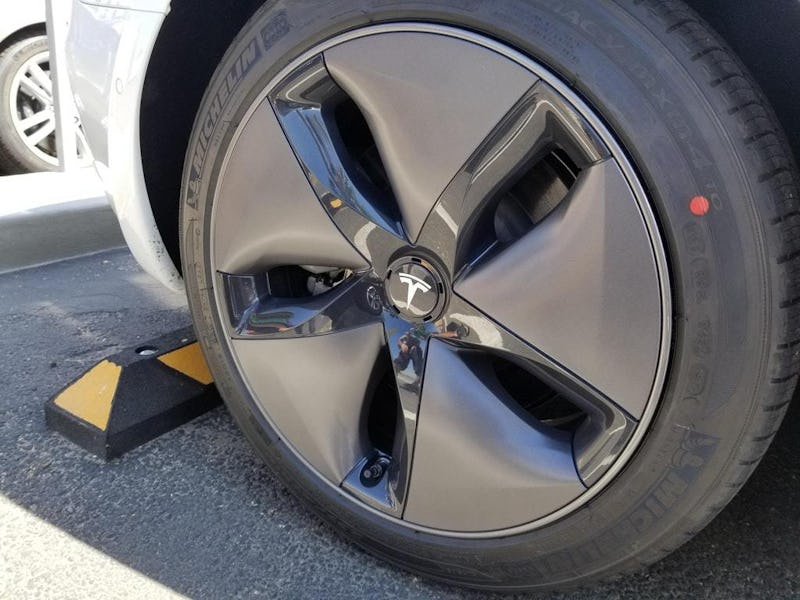The ultimate dream of many clean energy activists is a car that runs forever, its rooftop of solar panels providing enough juice to keep on running indefinitely. Unfortunately, Elon Musk says that’s just not going to happen anytime soon.
Musk fielded questions Saturday at the National Governors Association 2017 meeting in Rhode Island about everything from making self-driving cars hacker proof, to the threat of omnipresent A.I., to making America 100 percent solar-powered.
Along the way, Musk threw some cold water on the idea of a solar panel-covered car while responding to Governor Phil Scott of Vermont, who asked “how far in the future do the cars become the charging device” themselves?
“Putting solar panels on the car itself?” Musk asked. “Not that helpful, because the actual surface of the car is not that much, and cars are often inside. The least efficient place to put solar is on the car.”
That’s a short way of putting it, but Musk explained a little bit more. More than a few companies, including Toyota, are already experimenting with solar roofs on their cars, and Tesla’s merger with Solar City means all of the pieces are there for Musk to give it a shot.
This is Toyota's solar roof for the new Prius, which claims to slightly extend the range and power interior systems, like climate control.
Part of the problem is that solar panels need a lot of surface area to be effective. Current commercially viable solar panels really only absorb the sun’s radiation at about 20 percent efficiency (the record is 46 percent, but on a panel that wasn’t really cost effective to mass produce). Other cars with panels — like the $130,000 Karma Revero — only get an extra mile- and-a-half of range off their rooftop solar options, which, in the grand scheme of things, is basically nothing. Musk did, however, explain one plan that would sorta work, after Governor Scott proposed a “wrap of some sort” around the car to maximize surface area.
“Technically, if you have some sort of Transformer-like thing that will pop out of the trunk, like a hard-top convertible, and it will — choot-choot-choot — ratchet solar planes over the whole surface area of the car, extending for the entire square footage of the parking space, provided you’re in the sun, that would be enough to generate about 20-30 miles a day of electricity,” Musk said, as the audience chuckled. “But that is, for sure, the expensive, difficult way to do it.”
This probably isn't going to happen for Tesla.
A “wrap” wouldn’t really work, either. Thinner and more flexible panels are less efficient, and high-efficiency panels are both prohibitively expensive and heavy — a typical rooftop panel weighs between 2 and 4 pounds per square foot, which is much more than the aluminum or plastic of car body exteriors. Panels over the entire surface area of a car present other problems, as well — right now, Toyota’s plan to put one small panel on the roof is being held up in America by rollover crash tests (glass panel on roof = bad in a crash), so applying a similar design to every part of the car would probably be equally impractical.
In the grand scheme of renewable energy, Musk explained to Governor Scott that it was better to stay the course with solar roofs on homes, not cars, combined with a battery power pack.
“There’s three legs to the stool; there’s electric cars, there’s stationary battery pack, and solar power,” Musk said. “With those three things you can have a completely sustainable energy future. That’s all that’s needed.”
Musk elaborated on this grand plan to power the U.S., saying it rests on a combination of personal rooftop solar panels (which Tesla will soon start selling for $21.85 per square foot) and “utility scale solar,” or major solar farms feeding into massive batteries that store power for peak hours. Unfortunately, solar panel-covered vehicles don’t really fit into that vision.
